Tate Modern - London, UK
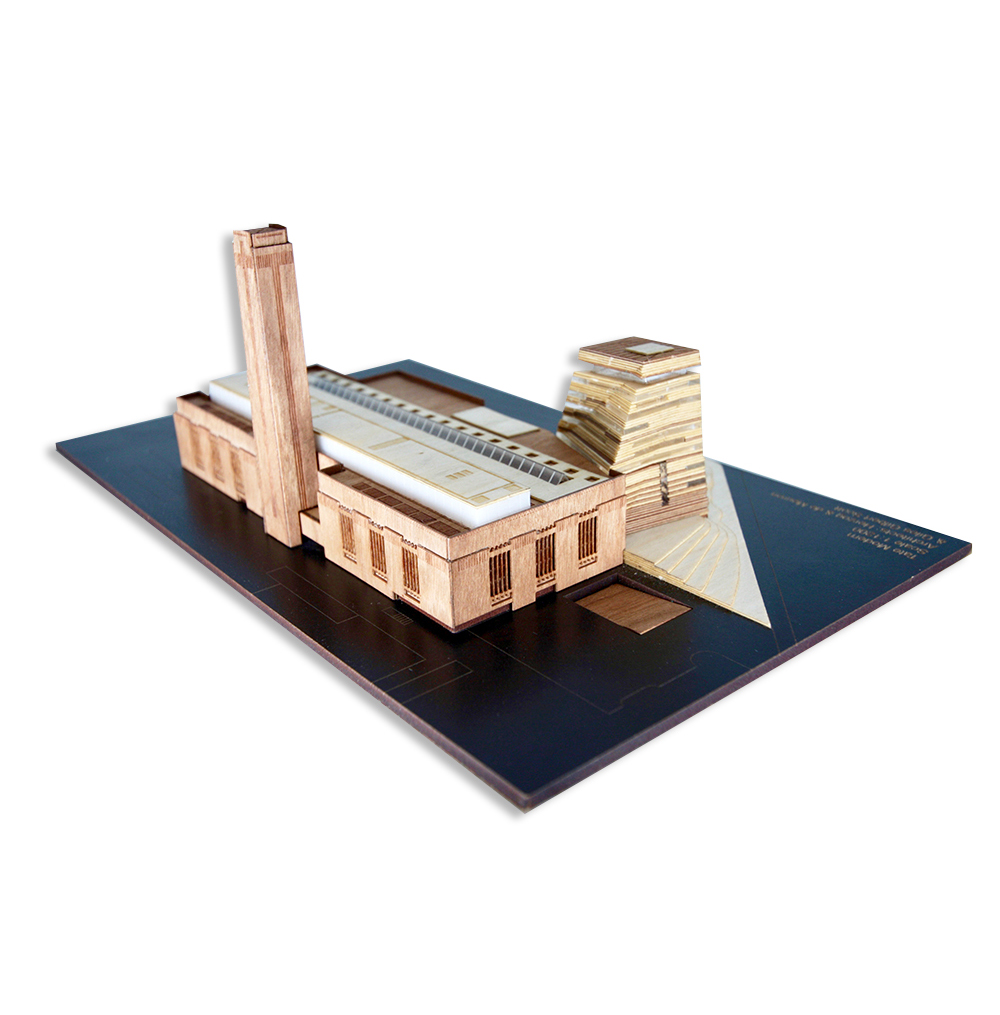
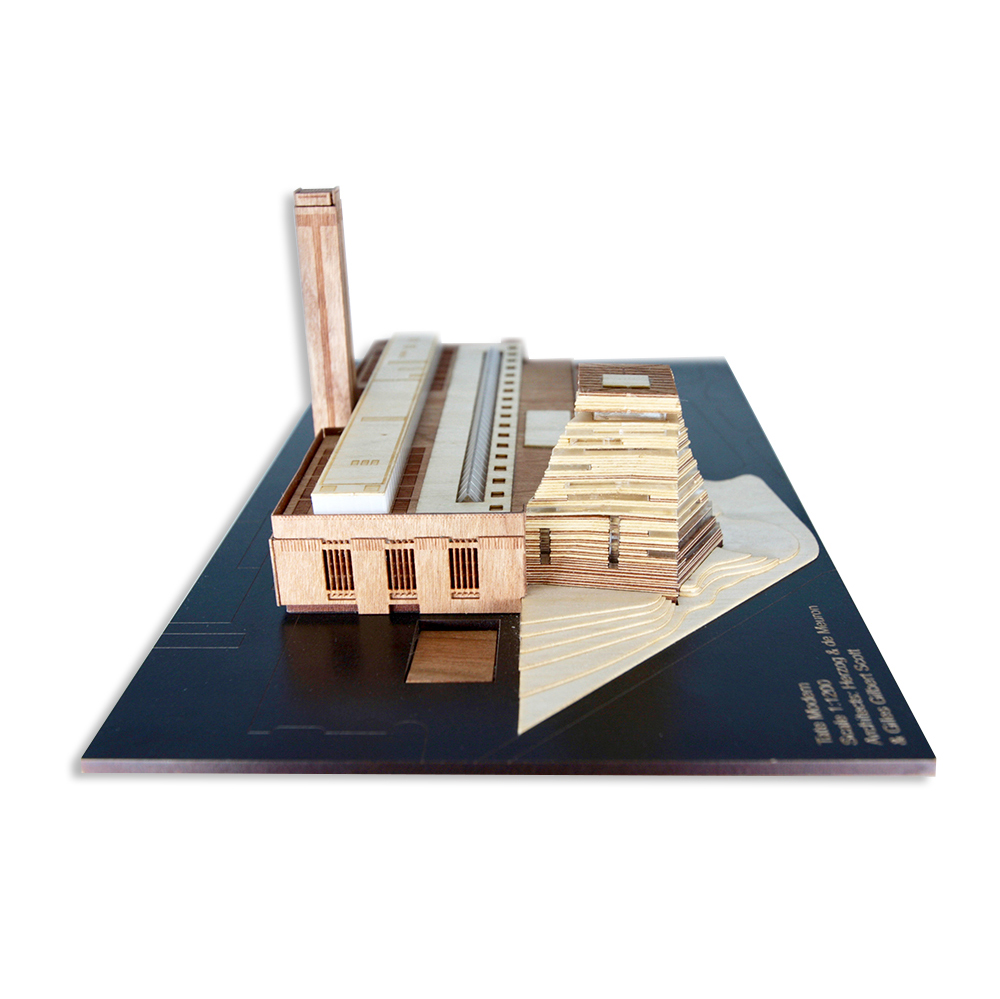
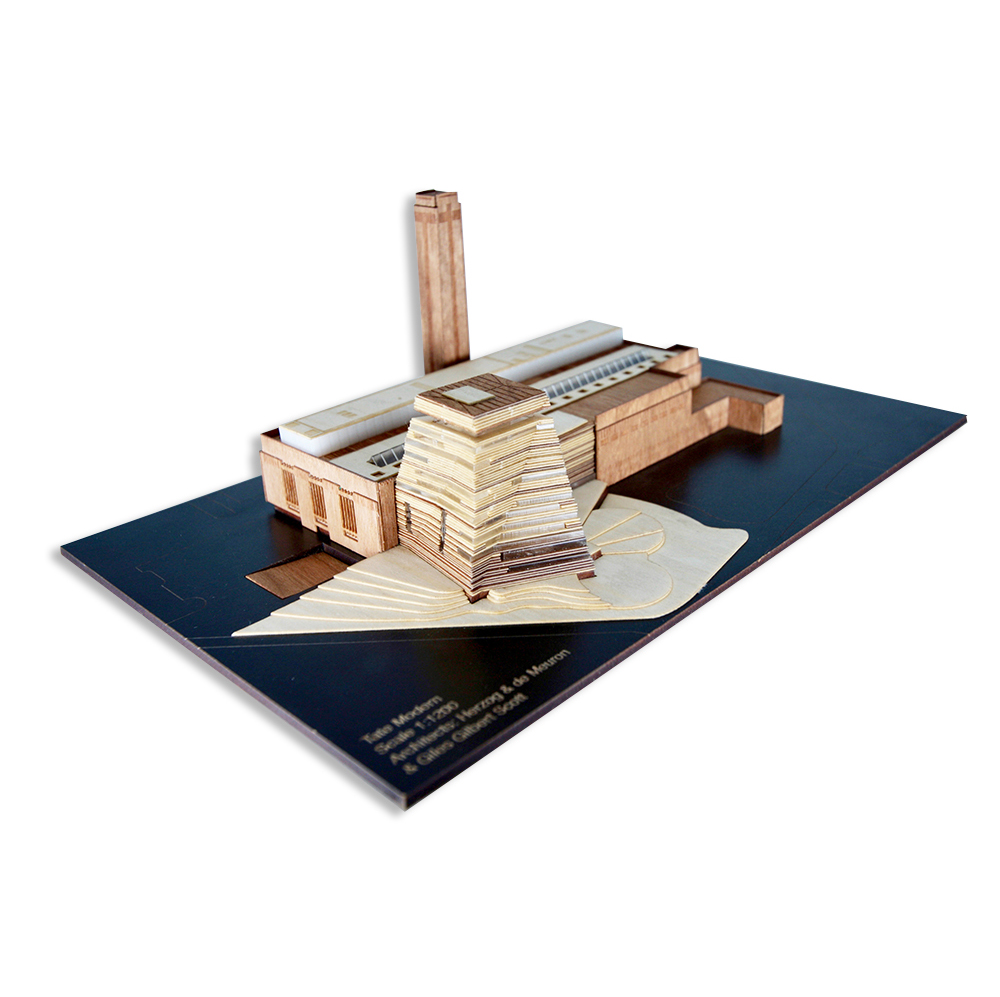
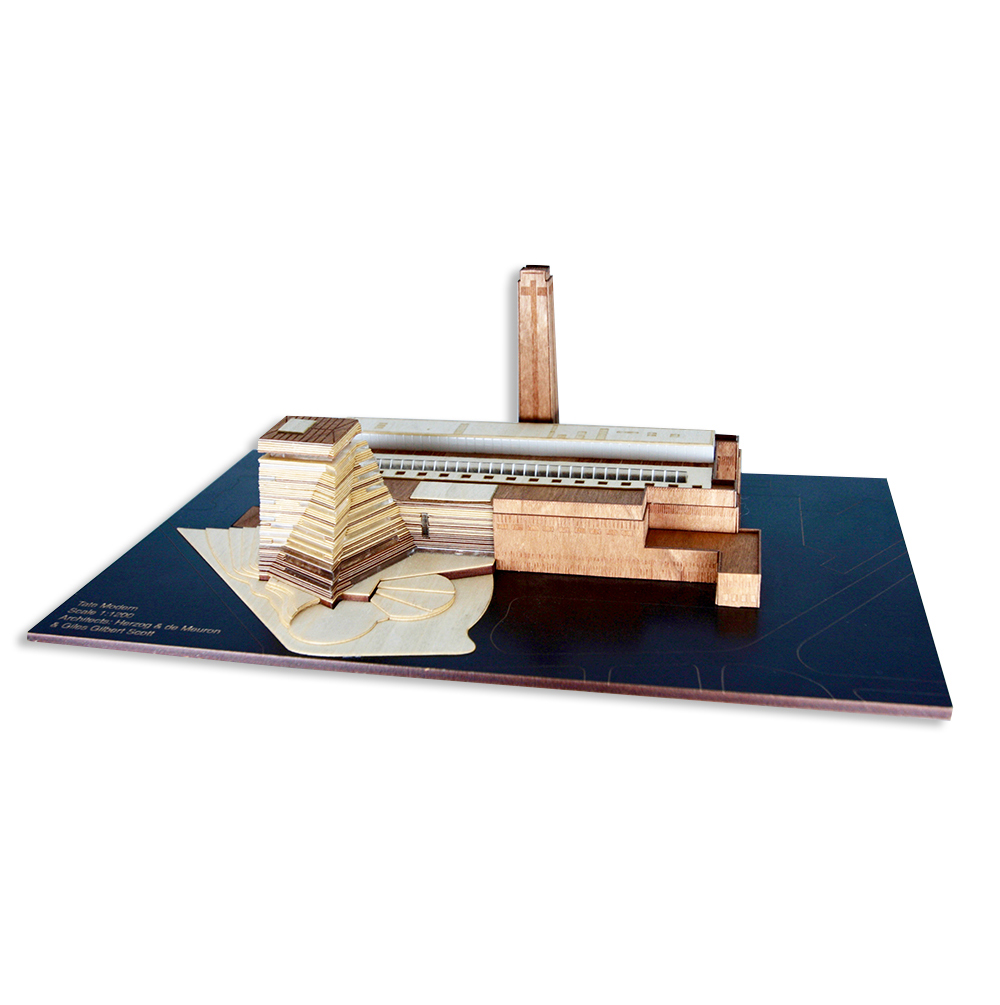
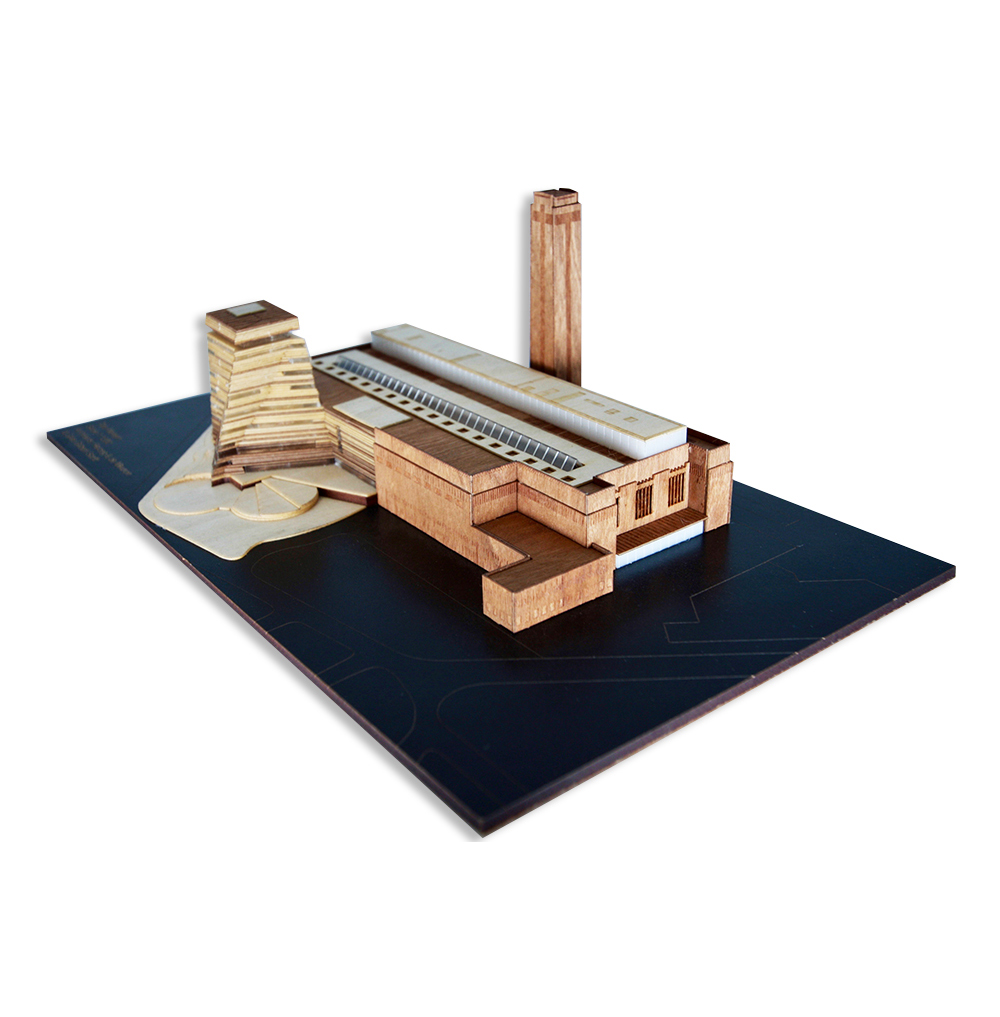
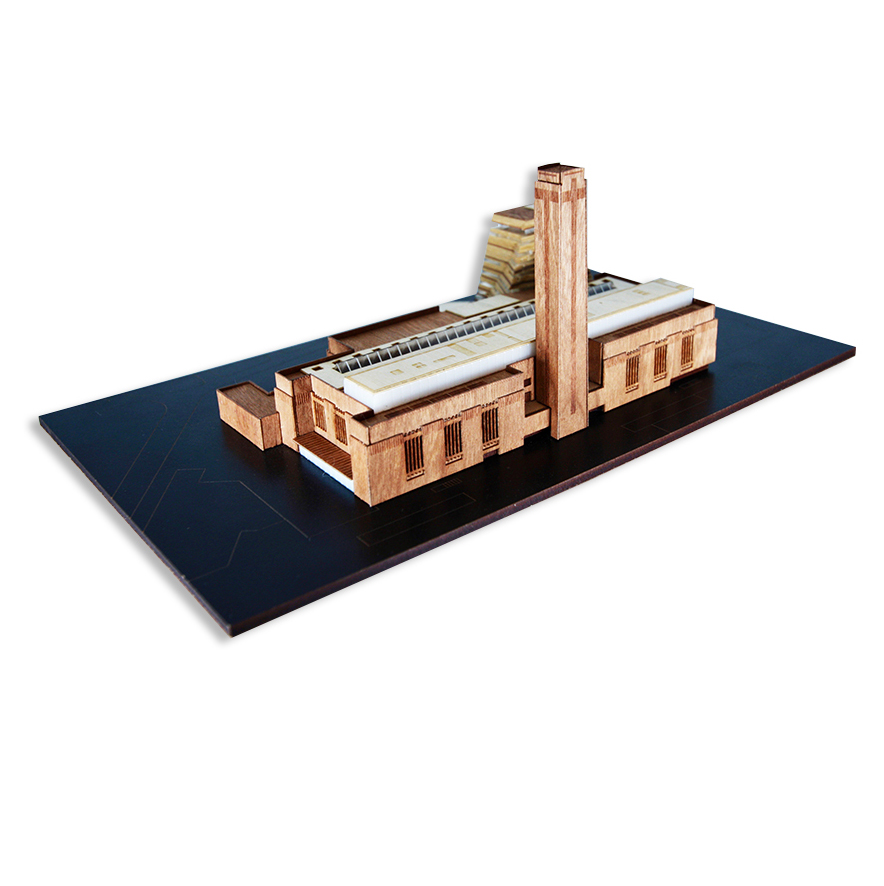
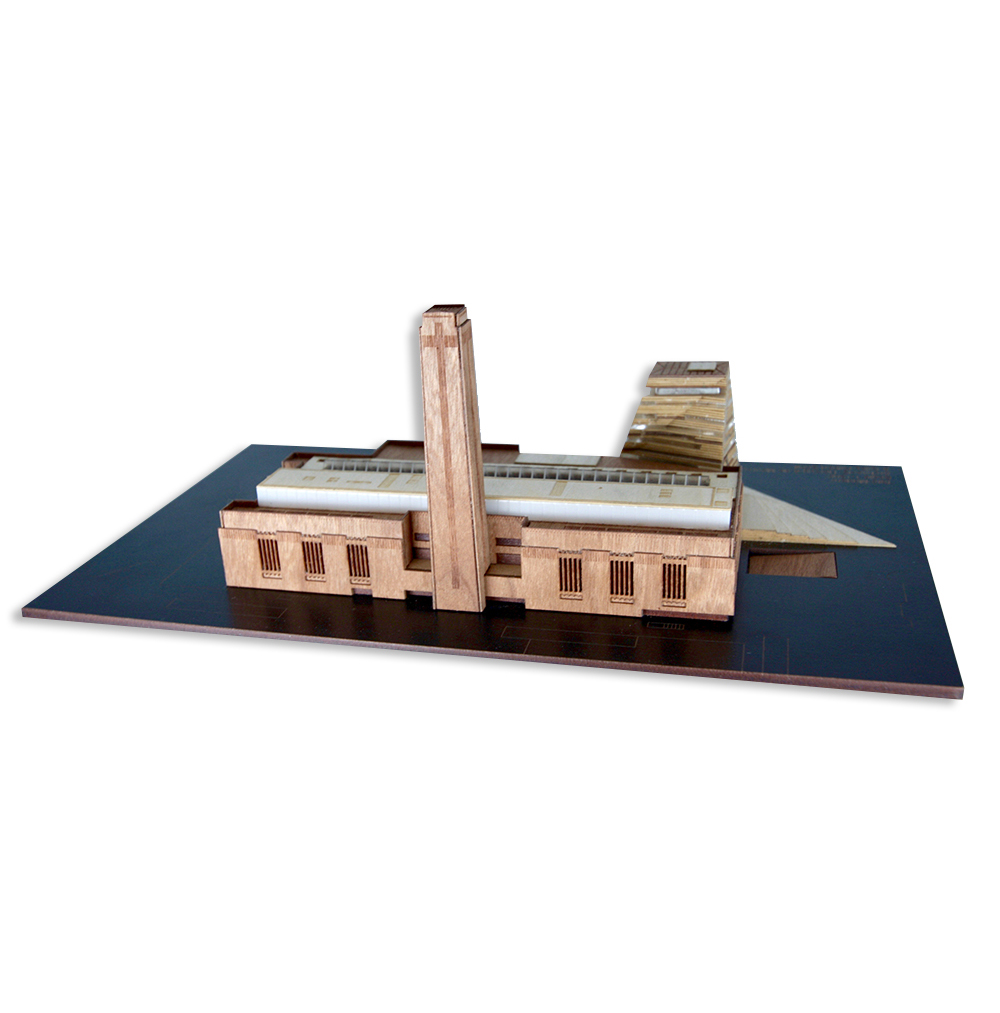
Tate Modern - London, UK
Now with FREE SHIPPING WORLDWIDE.
Tate Modern is a complex building and one with an interesting history. It’s a building that has been transformed to fulfil the needs of one of the world’s great galleries.
There has been a power station on the Bankside site since the 1890s when it was known as the City of London Electric Lighting Co. The existing structure was designed by Giles Gilbert Scott in 1945-7 and as Bankside Power Station it produced electricity from oil for almost thirty years.
During that time it became an iconic landmark and much loved by the people of London. With the 1970s oil crisis, however it became increasingly uneconomical to produce electricity from oil, and enviromental and social conditions influenced how Bankside Power Station was perceived.
In 1981 the power station stopped generating electricity and it stood dormant for almost twenty years.
In the early 1990s the Tate purchased the site and, with help from the Millennium Fund and both private and public investors, embarked on a monumental project to convert the power station into a gallery. An architectural competition was proposed in July 1994 and was won by the architects Herzog & de Meuron, and the transformation began. The new Tate Modern opened its doors to the public in 2000.
Tate Modern’s vision to be at the forefront of the visitor experience when it comes to interacting with works of art took another brave step when they again commissioned Herzog & de Meuron to design an extension to the existing building. The extension was to accommodate performance and installation art. The new space incorporates the underground Tanks (which used to store oil) and a dynamic new brick structure, the Blavatnik Building.
Model Scale 1:1200 – Approx 250mm x 150mm x 100mm
Our instructions included with the model are easy to follow stage by stage diagrams. Glue is required but not supplied.
Tate Modern instructions.
